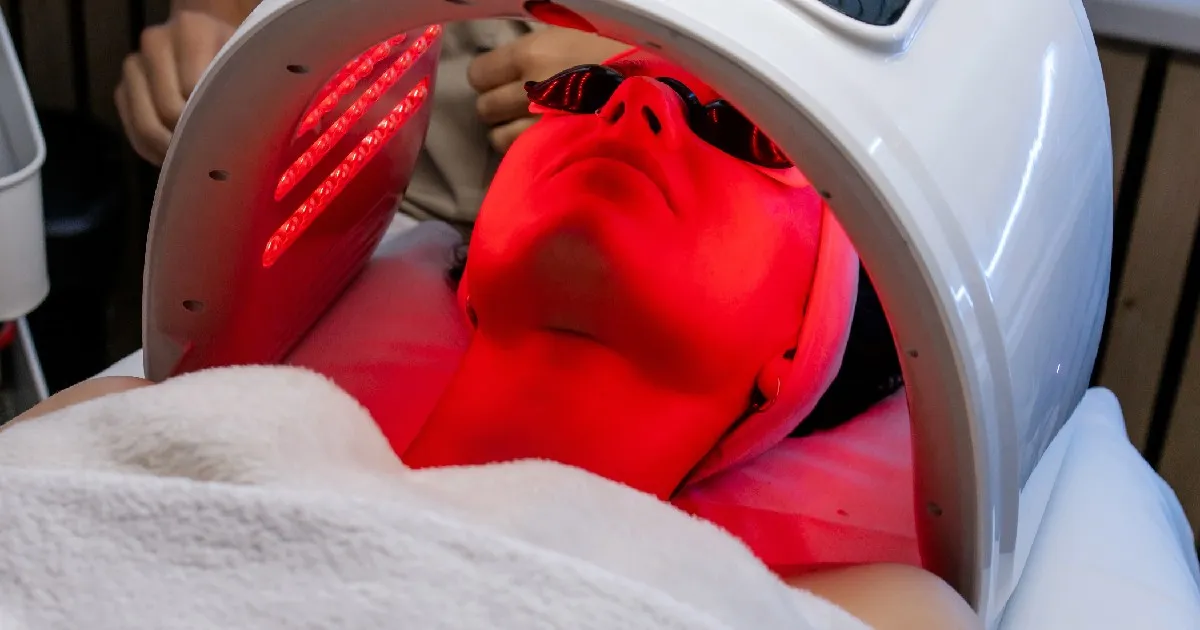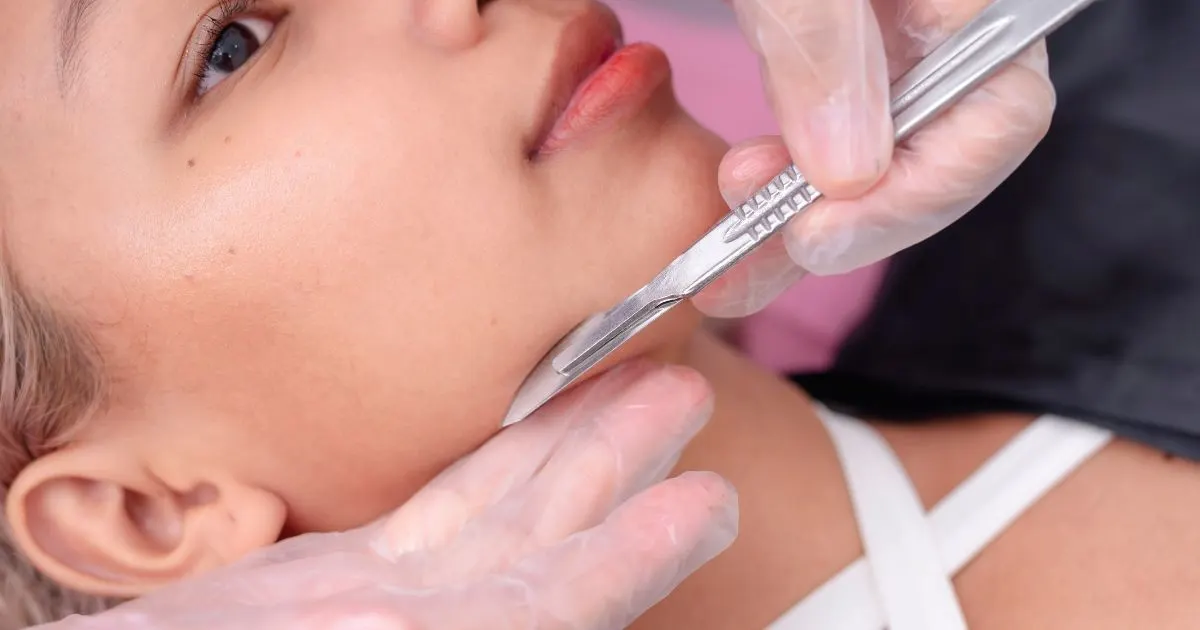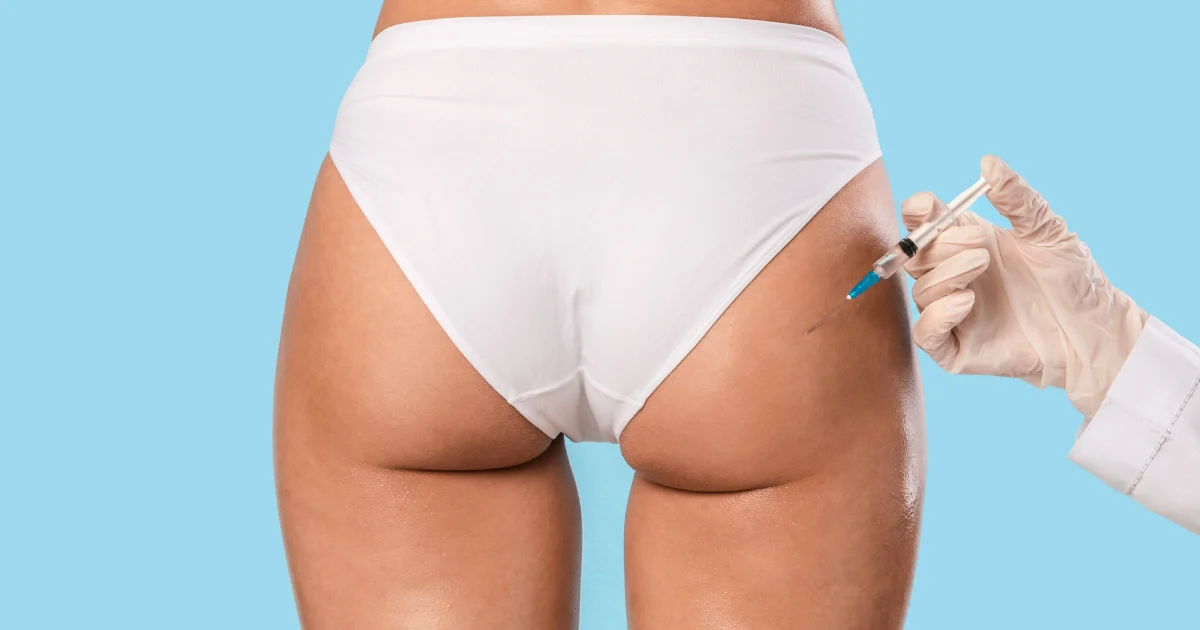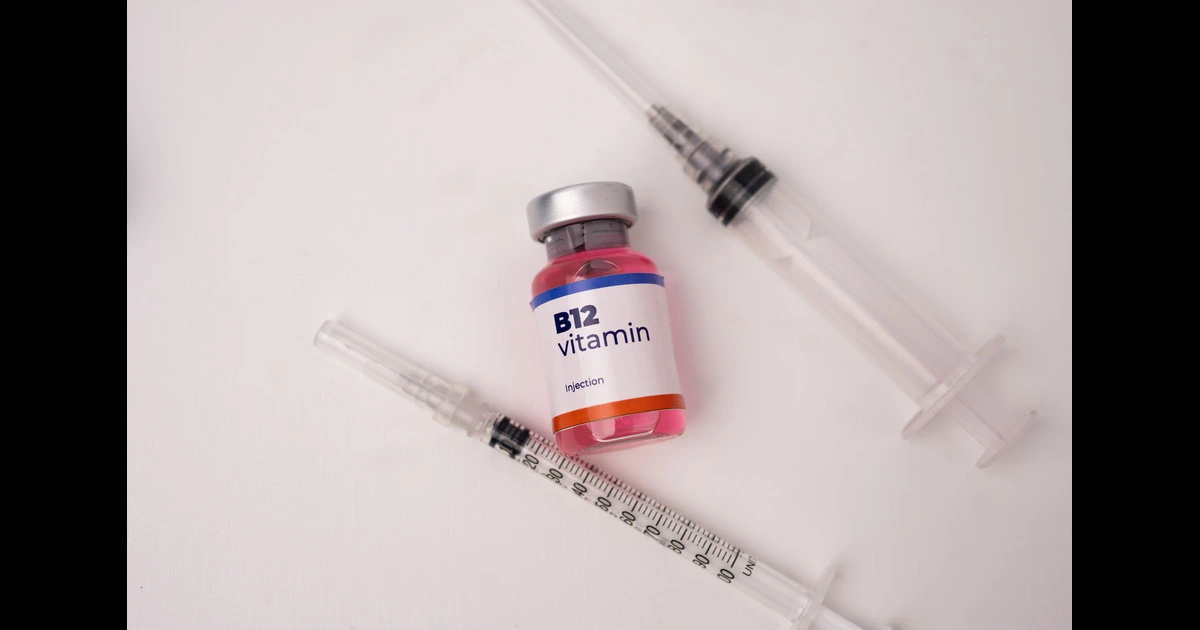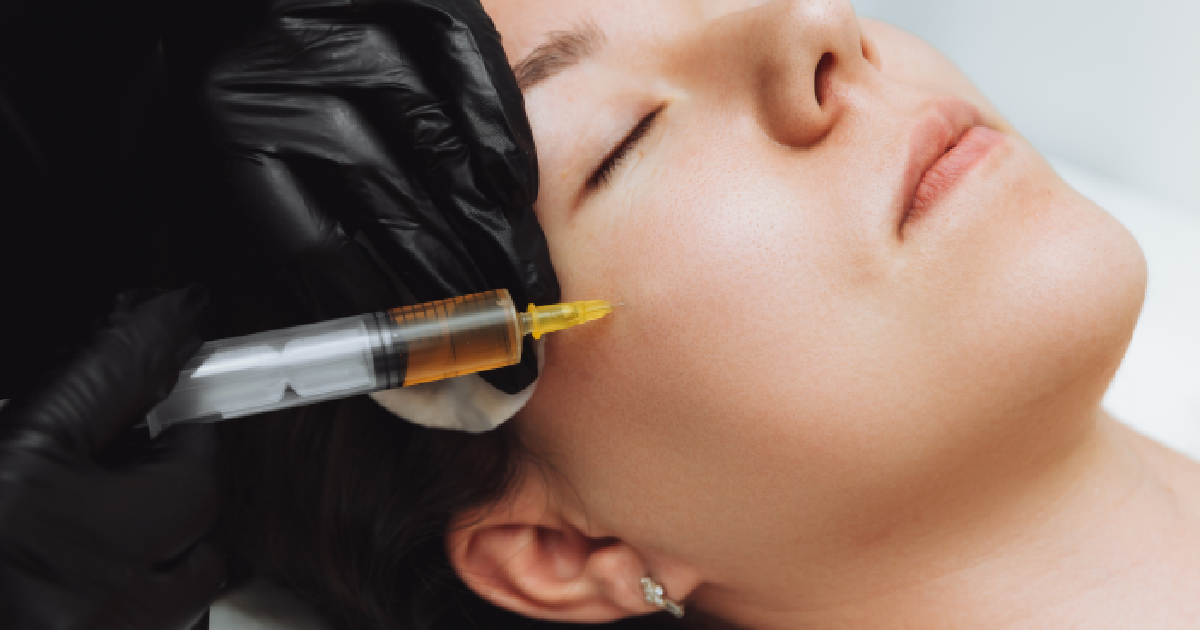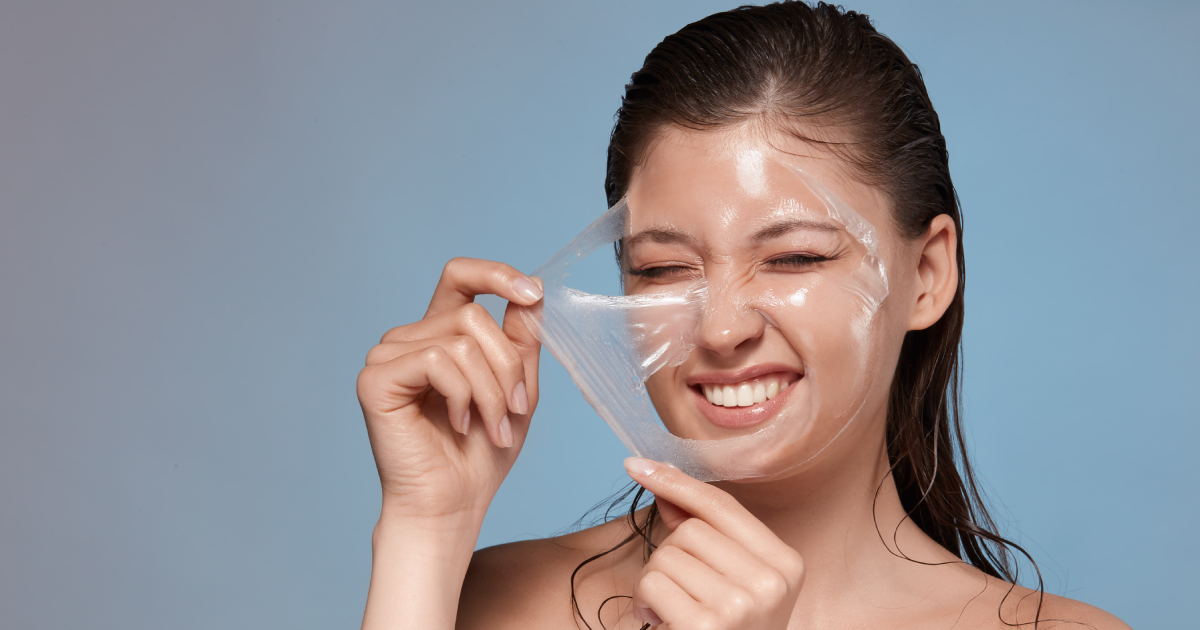
Table of Contents
Wrinkles are a normal part of getting older. Our skin loses its elasticity over time because we make less collagen and elastin, smoke, and spend more time in the sun.
You can make your wrinkles look more noticeable when you frown, squint, or even smile. Sometimes, these lines show up sooner than we expect. The saying goes, As we get older, our minds wrinkle more than our faces.
We want our looks to match how young we feel! We can now do this and much more with Botox and Dysport. Here at The Shine Spa, we’ll talk about injectables and explain the difference between Botox and Dysport.
Also, if you want to find a way to reduce the appearance of wrinkles, our team at The Shine Spa can help. We have a lot of experience with Botox, Dysport, and many other injectables!
All About Injectables
Taking care of our skin and using cosmetics aren’t always enough to give us smooth, wrinkle-free skin that looks and feels good. Injectables are a great way to get rid of wrinkles without having surgery.
Some can even make a part of our face look fuller. Injectables are chemicals that are put into specific parts of our faces. These injectables can make wrinkles less noticeable and even help shape the body.
Neuromodulators and soft-tissue fillers are the two types of injectables. Neuromodulators try to get rid of lines that form when your face moves. Soft-tissue fillers add volume to places like the cheeks, lips, chin, and forehead that lose it as we age.
Botox and Dysport are both types of drugs called neuromodulators. They can both help keep wrinkles away for months at a time. But there’s a difference between the two.
How Botox Works
Botox is made from the bacterium Clostridium botulinum, which is a neuromodulator. Botox, also called Botulinum Type A, can reduce or eliminate fine lines and wrinkles when used in small amounts.
Injectable works by stopping signals from the facial muscles to the brain. If the toxin is misused, it can be hazardous and cause botulism symptoms you don’t want.
Botox is safe and works well when a board-certified dermatologist or plastic surgeon uses it. When Botox stops nerve signals in the face, the muscles can’t move as quickly as they used to.
This lack of movement makes the skin smoother and makes wrinkles look much less noticeable. Botox was the first Botulinum Type A neuromodulator approved by the FDA.
Since then, it has become the best-known brand in the injectables market. Botox can also be used to treat a wide range of health problems.
How Dysport Works
Since Botox came out, other companies have come out with injectable wrinkle treatments. Soon after Botox came out, Dysport was seen as its European equivalent. It is used in over 60 countries around the world. In 2009, the FDA said Dysport could be used in the U.S.
Since then, it has been an effective way to treat wrinkles and fine lines without surgery. Botox and Dysport were used in medicine before they were approved for cosmetics.
Botulinum Type A is what makes Dysport work, just like Botox. When Dysport is injected, it stops the nerves in the area from working. This prevents the muscles from moving, which relaxes the room and makes the skin smoother.
But Dysport is mainly advertised as a way to treat moderate to severe forehead and glabellar lines, also known as frown lines or 11 lines. Your dermatologist, who is certified by a board, should be able to get both products and can use them on different parts of your face.
The Difference Between the Botox and Dysport
At first glance, Botox and Dysport don’t seem to be that different. Both have Botulinum Type A, which is the active ingredient that can reduce the look of wrinkles. But some crucial differences will make your dermatologist pick one over the other.
The most crucial difference is how concentrated each one is. Dysport has almost three times as much water in it as Botox. It’s easy to think Dysport is pricier than Botox, but this is not the case.
The cost per unit is a lot lower than that of Botox. Because there will be more units than Botox, the cost per treatment is about the same.
Dysport is also different in how its molecules move and behave. With just a few injections, it can spread faster and over a larger surface area because of how it is made. So the main difference is how your doctor puts each injectable into your body. A doctor with a lot of experience will use both for certain things:
- Botox can smooth out lip lines, Crow’s feet, and other fine lines. It is very concentrated and moves slowly, which makes it perfect for these small spaces.
- Dysport works well on more extensive areas, like the forehead and the 11 lines. It works quickly and spreads out evenly.
Because of the different concentrations, you can use both of them safely for about the same price.
How Long Do Botox and Dysport Last?
Both of these steps only take a few minutes. It takes longer to put on the anesthetic and let it dry than to give the injections themselves. If you don’t have any side effects right away, you can go home after the procedure.
Both of these injections can treat moderate to severe wrinkles quickly and effectively, but only for a short time. Botox usually lasts longer than Dysport, but the effects of Dysport may be seen sooner. For both of these treatments to work, you will need injections afterward.
What is the Cost of botox and dysport?
Both of these injections usually cost differently per session. But the final cost will depend on how many injections a person needs, which varies from person to person. On average, Dysport is less expensive than Botox.
But your doctor may charge you based on how many units are in each injection. Where you live can change this price. Some clinics also have membership programs that cost an annual fee and give discounts on each Botox or Dysport unit.
Get a Treatment Today!
Now that you know what makes Botox and Dysport different, you can choose which injection is best for you.
For safe and better results, you can contact us here at 314-560-9030 or email us at contact@theshinespa.com. We can’t wait to see you here in our office!
